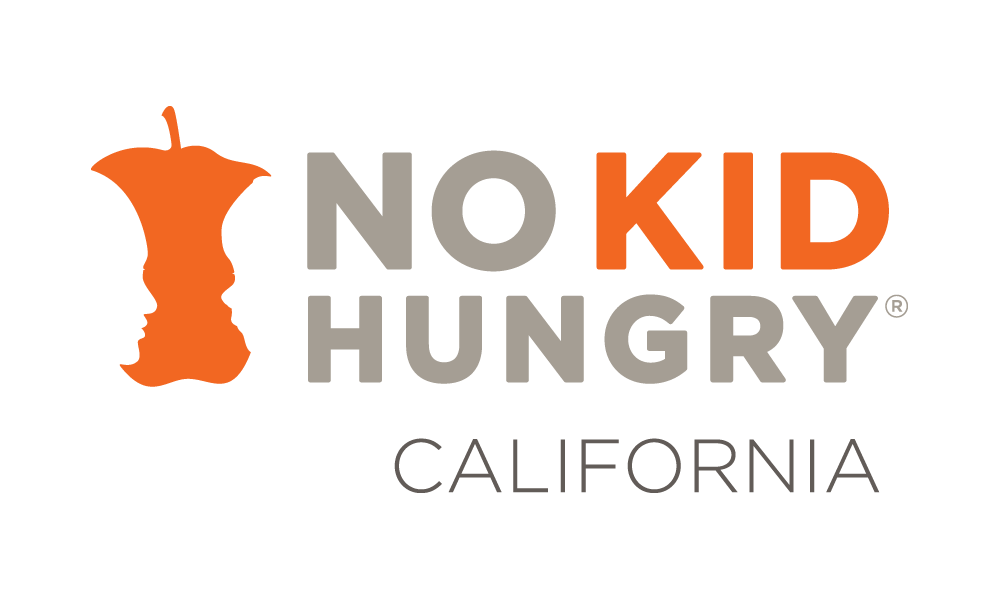“Honestly, it was surreal to see the impact we had. It’s 23,000 extra meals that wouldn’t have been served.” – Michelle “Shelly” Diaz, director of child nutrition services
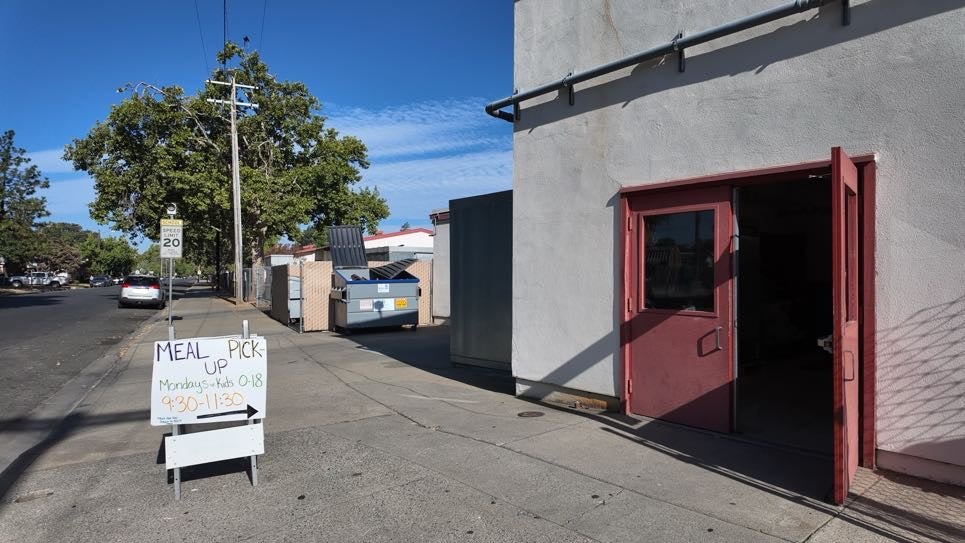
Kids and families can drive through or walk up to pick up free summer meals.
Nestled in Butte County, just north of Sacramento, Gridley, California is a small agricultural town whose economy and community are heavily influenced by its agricultural industry. This close-knit rural town surrounded by orchards and fields that primarily grows rice, peaches and walnuts is quiet. But it is also raucous in its community spirit and care for one another.
In Butte County, a significant number of children face food insecurity with 1 in 5 children experiencing hunger.
Many families in this agricultural region struggle with consistent access to nutritious food, intensifying existing economic challenges. This often leads to children missing crucial meals, which impacts their health, development and ability to thrive both inside and outside the classroom.
Michelle “Shelly” Diaz, director of child nutrition services for Gridley Unified School District (GUSD) describes how hunger can show up in the students she and her team of professionals serve.

With joy and love, GUSD’s Summer Hunger Heroes prepare, pack, and distribute multi-day meal kits.
“We have students that would go work the farms with their parents before school,” shared Diaz. “And they might have got something at four in the morning to eat, but they worked for hours out of town, and by the time they came to school late, they were hungry.”
Diaz’s observations from her time in Gridley and neighboring school districts highlight a community where children often work on farms before school, arriving hungry despite early meals, underscoring the deep-seated need for accessible food programs.
GUSD has a strong commitment to ensuring students have access to nutritious food, recognizing the significant role it plays in their well-being and academic success, extending beyond the school year and into the hungriest time for kids, summer.

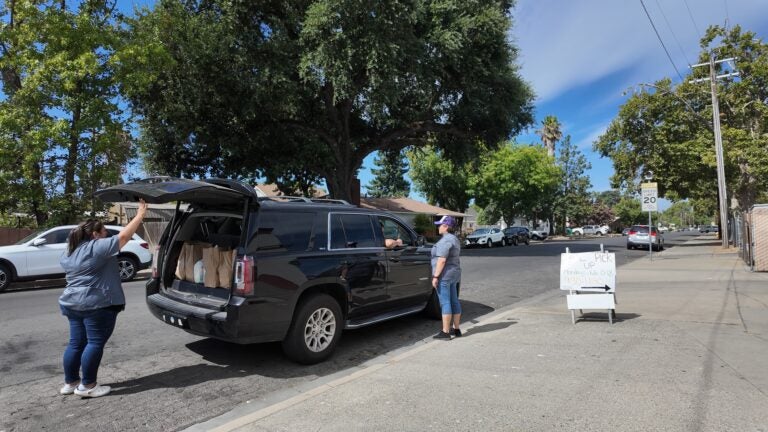
District Summer Meal Service Overview:
- Key Achievement: Served 29,038 meals, a 340% increase from the previous summer
- Number of Meals per Kit: Five days’ worth of breakfast and lunch (10 meals)
- Operational Model: Single, centrally located drive-through grab-and-go site
- Integrity Plan: Because of a summer congregate meal program operating down the road, a child was required to be present during meal pick up. Some teenagers came via bike or scooter to pick up their meals.
In their inaugural year, Diaz and her team successfully ran the new rural non-congregate summer meal program, designed to address food insecurity during the summer months, which allowed for flexible meal pick-up, providing healthy food for all five weekdays to children who might otherwise miss meals due to busy early morning work schedules or lack of transportation.
Diaz shared, “Seeing [the kids] come and ride their bikes, or bring their little siblings– to see them carry the bags of food. It’s a little bit of work to carry the bags on their scooters or skateboards, but to see that it was important enough for them to do it. It just makes your heart feel so good.” “And to see your staff care so much about it [the program] and want to do it. To see the community be supportive of it. It’s just the best feeling you can have. This is what this job is about.”
This summer, the program dramatically expanded its reach, serving 29,038 meals, a substantial increase from the 6,591 meals served the previous summer under traditional models. Diaz operated from a single, centrally located drive-through grab-and-go site, a school cafeteria/auditorium. The site and model allowed staff to store, prepare and distribute additional meals as demand surged.
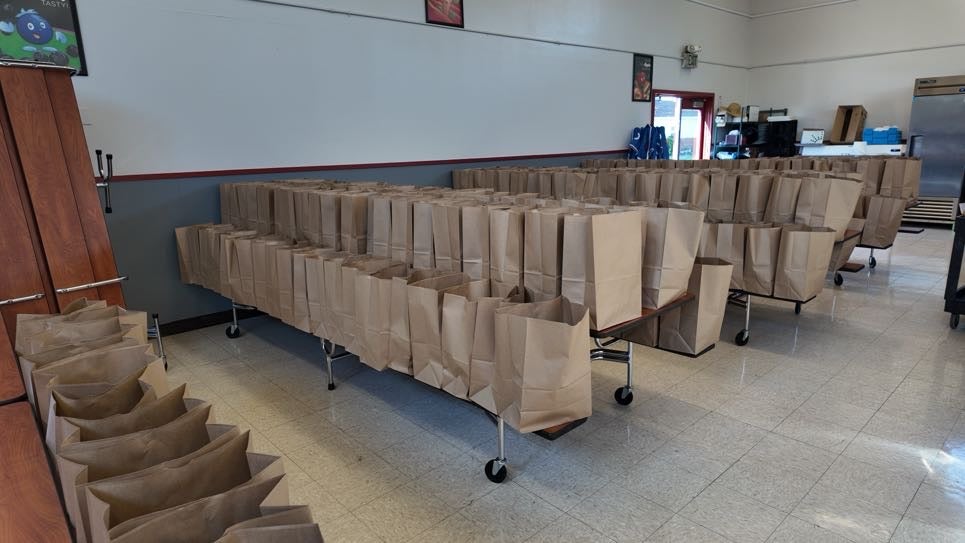
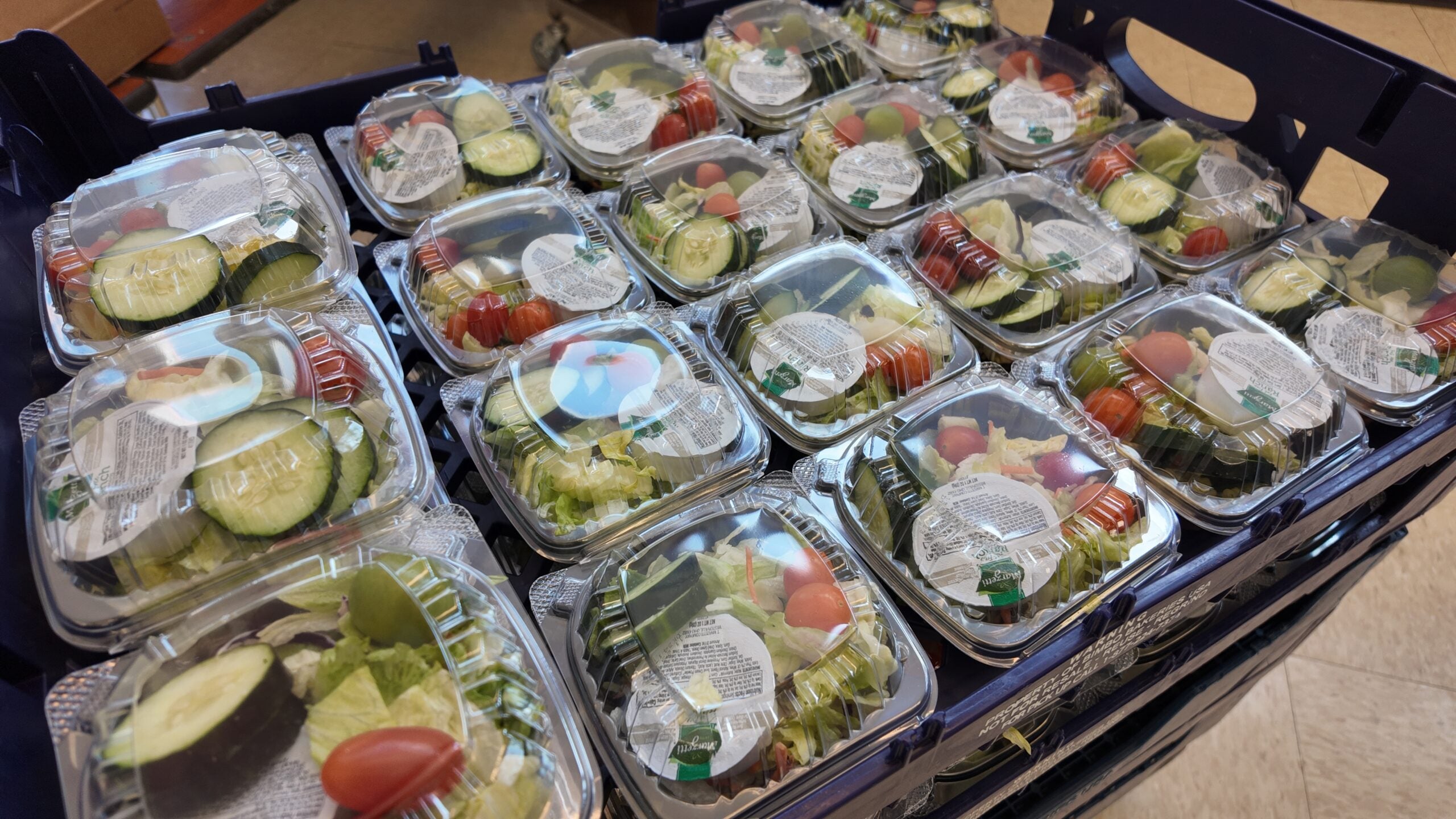

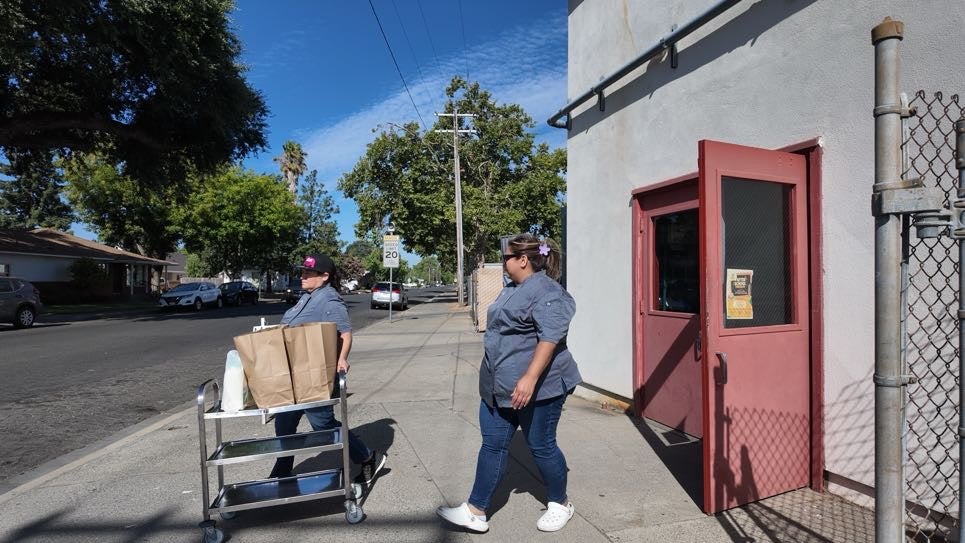
“I reached out to Shelly because we urgently needed a rural non-congregate sponsor to fill the gap left by the sudden loss of a huge rural non-congregate program in Butte County,” said Mariela Donis, associate director for No Kid Hungry. “With very little notice, she immediately stepped up for the children in both Butte County and Gridley. I am incredibly thankful for her quick action and so proud to partner with her.”
Looking ahead, Diaz plans to continue and expand the rural non-congregate program. She also aims to incorporate more scratch-cooked meals, fresh produce from local food hubs, and popular items like whole-grain ramen noodles with fresh additions, directly responding to feedback from the children they serve. The overwhelming success and positive community impact have solidified the district’s long-term commitment to this vital program.
Ways You Can Help
New research by No Kid Hungry (see full report) reveals an overwhelming number of parents are struggling to put food on the table for their kids. This is especially true during the summer months when kids lose access to many essential free school meals.
You can ensure kids have the nutrition they need to thrive in and out of the classroom and reach their full potential in a variety of ways:
- Donate. $1 can help provide 10 meals* to kids. Your support will help us fund meal programs all over the country and help us advocate for policies that will help kids get the meals they need. *Donations help support programs that feed kids; No Kid Hungry does not provide individual meals. Meal equivalencies vary. Learn more at NoKidHungry.org/OneDollar.
- Advocate for kids. Reach out to your elected officials and ask them to do more to end childhood hunger. Tell your lawmaker to advocate for policies that will help kids get the meals they need.
- Become a sponsor or expand your summer non-congregate meal program for Summer 2026. Visit our Center for Best Practices for more information on the rules, eligibility, grant information and more.
Last update: November 18, 2025
